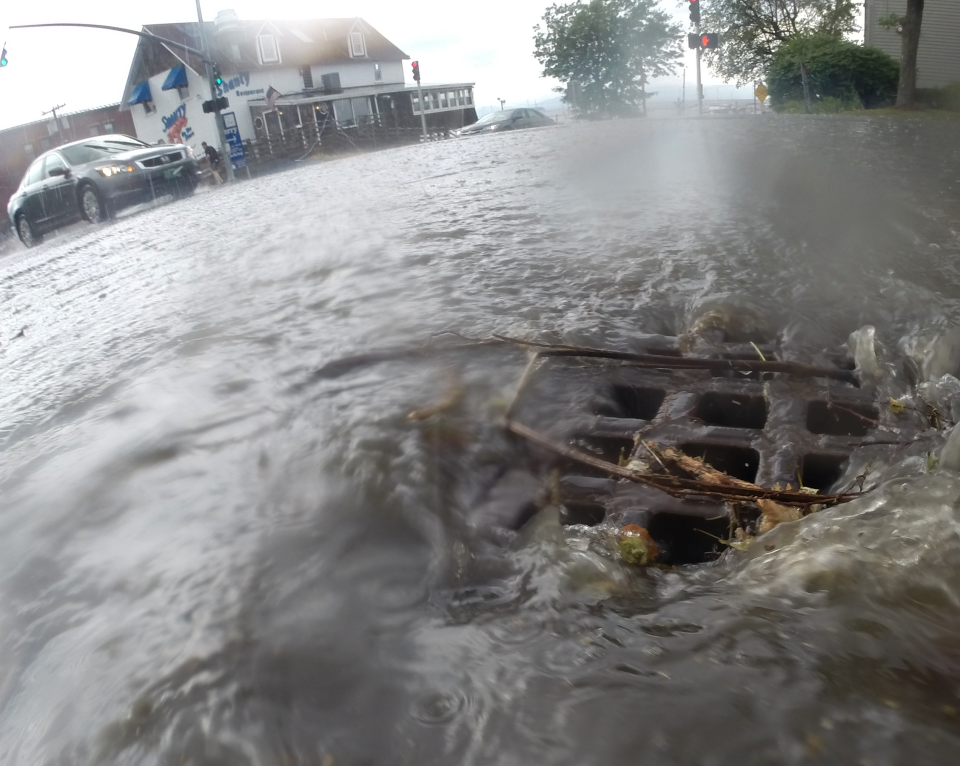Remember the COVID relief money sent to Vermont? Construction projects are increasing
More than 150 COVID-19 relief projects are underway across Vermont as the state ramps up the spending of the more than $1 billion in federal funds that are intended to help recover from the pandemic.
The projects that have begun represent spending of more than $300 million, officials said Thursday, adding that more projects will be approved in the coming months with construction expected to increase next year.
Republican Gov. Phil Scott has said the money allocated by Congress in the aftermath of the COVID-19 pandemic is an unprecedented opportunity to help the state carry out much-needed infrastructure projects from one end of the state to the other.
Sewer, water, broadband and climate change
The state's spending in five areas — economic development, water, sewer and wastewater, climate change mitigation measures and the expansion of broadband infrastructure — is intended to help strengthen the state's economy, make Vermont more affordable and more competitive while helping keep it cleaner and safer.
Officials have spent a lot of time to make sure Vermont's projects comply with federal requirements, Deputy Administration Secretary Douglas Farnham said.
“I do think that now that everything is framed up, we’re in a really good place to move forward and in the next year we’re gonna see a lot more of that money moving forward," he said during a briefing for reporters.
Looking NationwideWhere are COVID-19 rescue funds going? The place with pervasive, 'urgent' need: Housing

Farnham said that if he were starting over, he would focus more on Vermont's rural towns and providing them with more support. Moving forward, he said the administration would be willing to work with the Legislature to increase support for rural areas.
Some of the projects have been delayed by the supply chain issues that have been plaguing much of the country and the world, said Julie Moore, the secretary of the Vermont Agency of Natural Resources.
“I’m not sure that there’s anything to be done there other than to sort of anticipate upfront what those may mean for different types of projects and our expected timeline,” she said.
'We're not rich':Preserved by family love: What this standout Burlington home tells us about city history
This article originally appeared on Burlington Free Press: Vermont pushes works to line up $1 billion in COVID recovery projects

